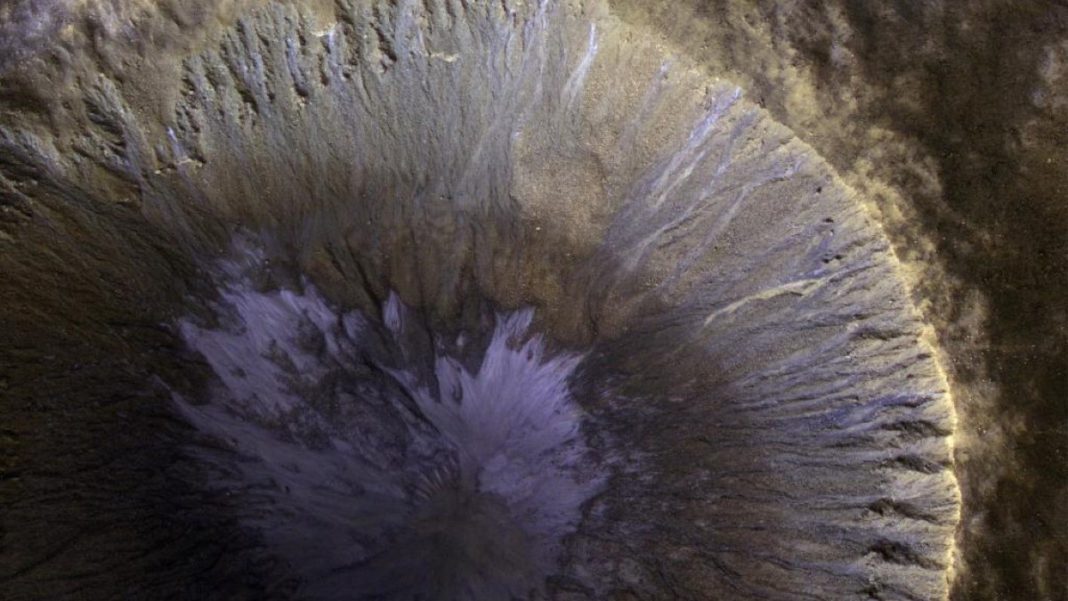UNITED STATES: New research suggests that the gullies found on Mars were formed when the Red Planet experienced significant shifts in climate due to a high tilt on its axis. These shifts triggered dramatic changes in weather patterns, resulting in the cascading flow of water down slopes, which carved out ravines on the Martian surface.
The discovery of gullies on Mars in 2000 raised questions about the planet’s geological history and the potential presence of water.
These Martian ravines closely resemble channels found in Earth’s Dry Valleys of Antarctica, which are formed by water from melting glaciers.
However, the existence of these gullies at elevations where liquid water is not expected under the current Martian climate poses a puzzling challenge for scientists.
Previous hypotheses suggested that the gullies may have been created by carbon dioxide frost that sublimated during warm spells, causing rock and debris to slide down slopes. However, this explanation needs a natural analogy on Earth.
Another possibility is that the gullies formed when Mars had a more favourable climate for small amounts of liquid water to survive on its surface. This scenario could explain the height and formation of the gullies, with meltwater from glaciers carving out channels down slopes.
To investigate the possibility of liquid water on Mars, researchers studied its axial tilt, or obliquity, and its historical variations. The degree of tilt determines the variation in sunlight different regions receive over the planet’s year-long orbit.
Mars has an obliquity of about 25 degrees, but it has oscillated between 15 and 35 degrees over hundreds of thousands of years, leading to significant climate fluctuations.
Using a 3D global model of the Martian climate, scientists explored the effects of a higher obliquity on the planet’s weather patterns.
They found that during periods of higher obliquity, the sublimation of carbon dioxide ice would increase the density of the Martian atmosphere, while surface temperatures would surpass the melting point of water ice.
These conditions likely occurred multiple times in the past few million years, with the most recent instance occurring approximately 630,000 years ago.
Furthermore, the regions where researchers observed gullies on Mars have abundant water ice near the surface, suggesting a higher water content in the past million years.
The researchers propose that during periods of high axial tilt, much of this ice melted, forming gullies in the elevated areas where they currently sit.
The study’s findings imply that future tilts in Mars’ orbit could generate meltwater again at these gully locations, making them promising targets for further exploration.
The presence of water is a vital factor in the search for potential signs of life, and investigating these gullies could provide valuable insights into Mars’ geological and biological history.
Also Read: NASA Perseverance Rover Uncovers Potential Building Blocks of Life on Mars



